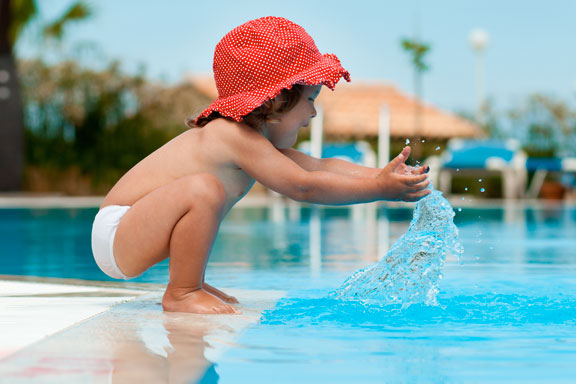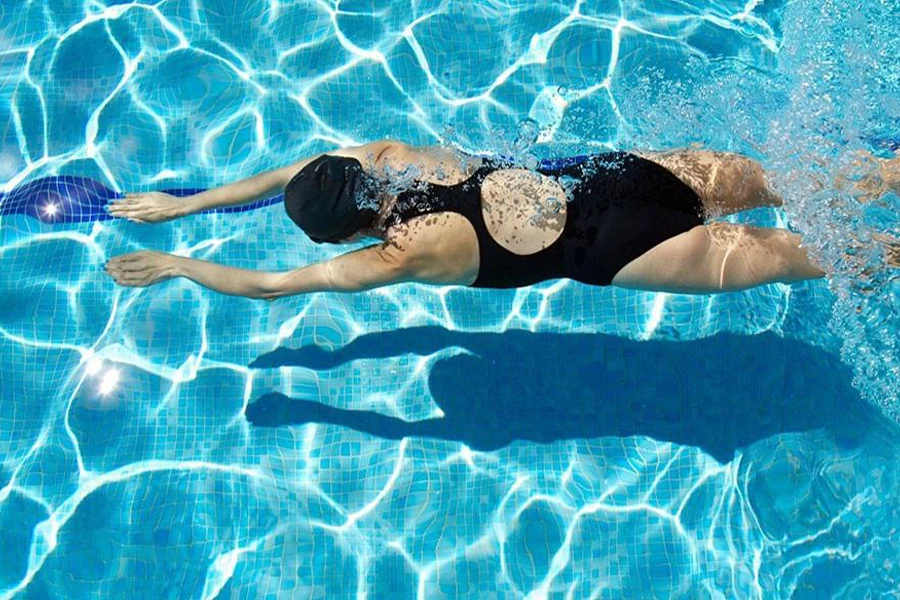Swimming in open water can be an exhilarating and rewarding experience. Unlike pool swimming, open water swimming involves unique challenges and potential risks that require special attention to safety. Here are some essential safety tips to ensure a safe and enjoyable open water swimming experience.
1. Assess Water Conditions
Why It’s Important: Open water conditions can change rapidly and significantly impact safety.
How to Do It:
- Check Weather Forecasts: Before heading out, always check the weather forecast and be aware of any potential storms or adverse weather conditions.
- Observe Water Movements: Look for strong currents, waves, and tides. Avoid swimming in areas with dangerous undertows or riptides.
- Water Temperature: Be aware of the water temperature. Cold water can lead to hypothermia, so wearing a wetsuit may be necessary in colder conditions.

2. Swim with a Buddy
Why It’s Important: Having a swim partner increases safety and provides assistance in case of an emergency.
How to Do It:
- Never Swim Alone: Always swim with at least one other person. A buddy can help if you get into trouble or need assistance.
- Stay Close: Keep within a reasonable distance of each other so you can quickly provide or receive help if needed.
3. Use the Right Gear
Why It’s Important: Appropriate gear enhances safety and comfort in open water.
How to Do It:
- Wetsuit: A wetsuit provides thermal insulation, buoyancy, and protection from marine life.
- Bright Swim Cap: Wear a brightly colored swim cap to increase visibility to boats and other swimmers.
- Swim Buoy: Use a swim buoy for increased visibility and as a flotation device if you need to rest.
4. Know Your Limits
Why It’s Important: Overestimating your abilities can lead to dangerous situations.
How to Do It:
- Be Honest with Yourself: Assess your swimming skills and endurance honestly.
- Progress Gradually: Gradually increase the distance and difficulty of your swims as your skills and endurance improve.
- Rest When Needed: Don’t push yourself beyond your limits. Take breaks and rest as needed.
5. Understand Marine Life
Why It’s Important: Being aware of marine life can prevent unpleasant or dangerous encounters.
How to Do It:
- Research Local Wildlife: Know what types of marine life inhabit the area and any associated risks.
- Avoid Feeding Wildlife: Feeding fish or other marine life can attract larger, potentially dangerous animals.
- Stay Calm: If you encounter marine life, remain calm and avoid sudden movements.
6. Hydrate and Protect Yourself from the Sun
Why It’s Important: Staying hydrated and protecting your skin are crucial for overall health and safety.
How to Do It:
- Drink Water: Stay hydrated by drinking plenty of water before and after your swim.
- Use Sunscreen: Apply waterproof sunscreen to protect your skin from harmful UV rays.
- Wear Sunglasses and a Hat: Protect your eyes and face from the sun when not swimming.
7. Learn Rescue Techniques
Why It’s Important: Knowing how to respond in an emergency can save lives.
How to Do It:
- Basic First Aid: Take a basic first aid and CPR course to be prepared for emergencies.
- Rescue Techniques: Learn simple rescue techniques, such as how to help someone in distress without putting yourself at risk.
8. Communicate Your Plan
Why It’s Important: Letting others know your plans ensures someone can respond if something goes wrong.
How to Do It:
- Tell Someone: Inform a friend or family member of your swim location and expected return time.
- Use a Safety App: Consider using a safety app that tracks your swim and sends alerts if you don’t check in at the expected time.
Conclusion
Open water swimming offers a sense of freedom and connection with nature that is hard to match. However, it’s essential to prioritize safety by assessing water conditions, using the right gear, swimming with a buddy, and knowing your limits. By following these safety tips, you can enjoy the beauty and excitement of open water swimming while staying safe.



